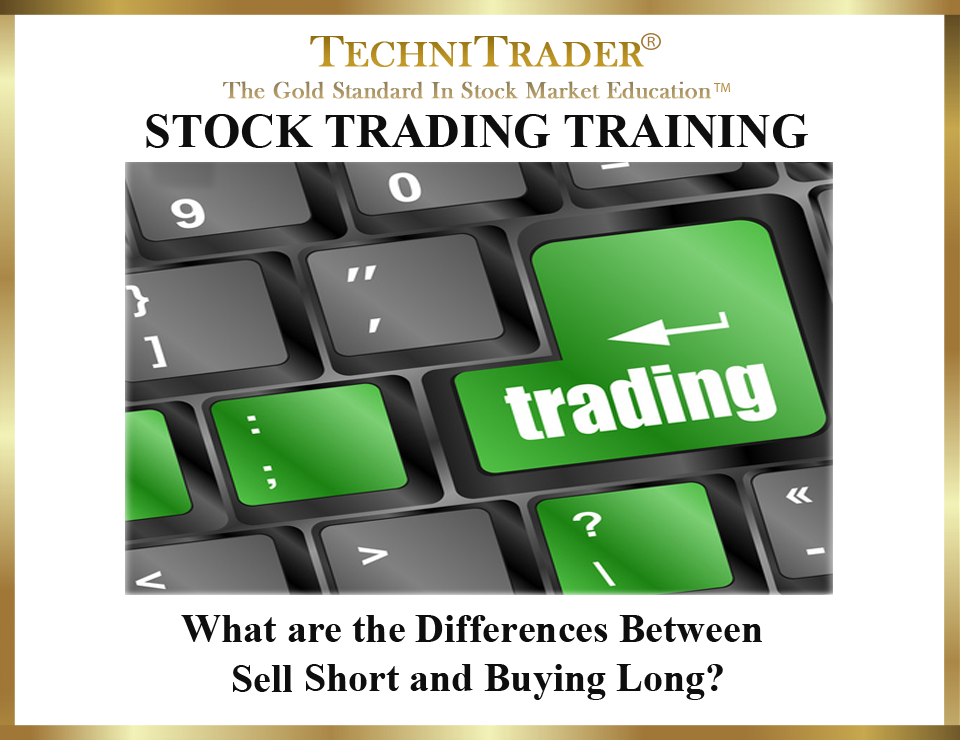What Are the Differences Between Sell Short & Buying Long?
List Explains and Includes Stock Volume, Energy, & Support
Stocks move upward in fairly typical patterns that occasionally alternate and shift for instance from Stairstep Candlestick Patterns to Peaks and Valleys. But the sell side of the market can often drop like a dead weight. An uptrend looks like a gentle slope upward until the peak, which is often more steep, but the downside frequently looks like a Sheer Cliff. Stocks will plummet far faster than they rise. This makes trading Sell Short in the Stock Market more profitable for a short amount of time, but also riskier because of the momentum behind the runs.

The Differences Between Sell Short and Buying Long in the Stock Market are the following:
1. Stock Volume
You will see more stocks dropping on lower stock volume and stocks dropping day after day in a momentum run down. If you look at charts, you will see that the upside is more gradual and that the downside is much steeper. This is one of the reasons downtrending markets last a short period of time, while uptrending markets last for long periods of time. Most traders are simply more comfortable with the long side and holding as a stock moves up; to them, trading Sell Short may seem confusing.
2. Energy
What makes markets surge or move upward is energy, enthusiasm, and buyers. What makes stocks drop is uncertainty, indifference, despair, and panic. Stocks run up because of energy; however, stocks can drop due to a lack of energy. A dull market is at risk of dropping from its own weight of indifference. Stocks don’t always need bad news to drop. They can drop because of a lack of interest.
3. Support
Weak support will collapse without much effort. Moderate support will buckle if the stock has poor fundamentals or because it is in a weaker sector. Strong support will hold for the most part when the market is not in a Great Bear Market. A Stock Market Correction adjusts to overextended patterns in sectors, which have been overheated and running too long on the overbought side.
It usually takes a novice trader about twice as long to learn how to Sell Short in the Stock Market than it does to learn how to Buy Long. For long-term investors who have been taught that to Sell Short is “bad” for the market, the length of time can be even longer.
Trading Sell Short is not bad for the market. It is actually a good thing. If you were to look at a stock chart of the Dow 30 Industrial Average since it began over 100 years ago, you would see that during all that time the trend has been up. Intermittently, there have been brief periods where the market was downtrending, but it always returns to moving up.
The periods where it moves down are Market Correction phases that are necessary to sustain the long-term uptrend. These corrections adjust the Angle of Ascent™ of the market uptrend, keeping it stable and sustainable.
LEARN MORE at TechniTrader.Courses
Trade Wisely,
Martha Stokes CMT
Chartered Market Technician
Instructor & Developer of TechniTrader Stock & Option Courses
Copyright ©2017–2025 Decisions Unlimited, Inc. dba TechniTrader. All rights reserved.
TechniTrader is also a registered trademark of Decisions Unlimited, Inc.
